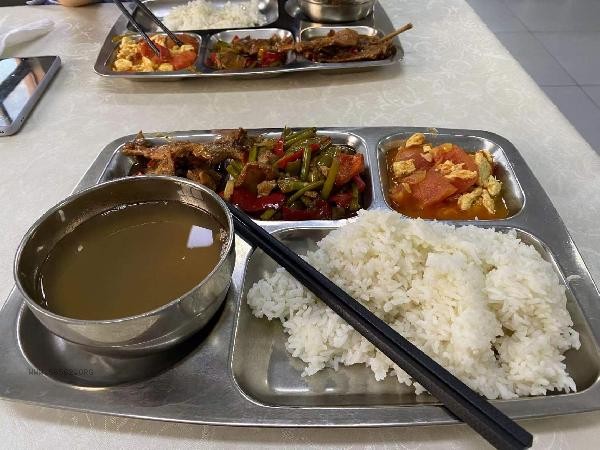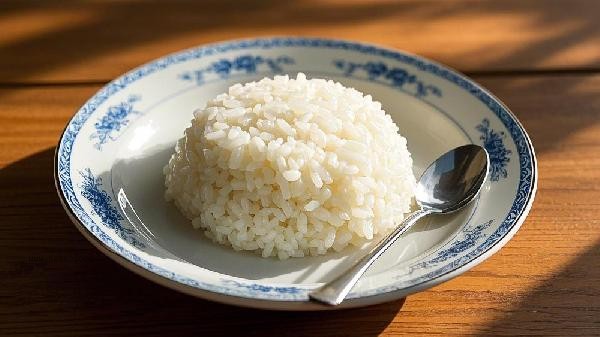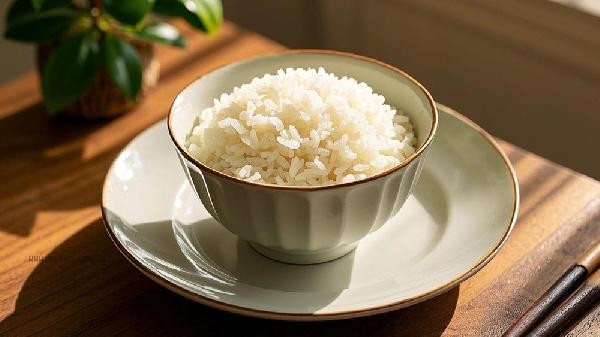Steamed rice can be directly used to cook porridge, but the water volume and cooking time need to be adjusted. The main methods of cooking rice porridge include boiling with water, controlling the heat, matching ingredients, adjusting the consistency, and paying attention to nutrition retention.

1. Boil with water
Put the steamed rice into a pot and add an appropriate amount of water, about 3-4 times the volume of the rice. After boiling on high heat, reduce the heat and simmer slowly, while constantly stirring to prevent sticking to the pot. The rice itself is already cooked thoroughly, and the boiling time can be shortened to 15-20 minutes. After the rice grains have fully absorbed water and expanded, the heat can be turned off.
II. Control the heat
Keep the heat low during the whole process of porridge cooking to avoid too fast evaporation of water, which may lead to bottom pasting. If you use the electric cooker, you can select the Congee cooking mode, and the intelligent temperature control is more convenient. Excessive firepower can damage the structure of rice grains and affect their taste; insufficient firepower can lead to the separation of rice and water, making it difficult to form a dense texture.
III. Match with ingredients
Add pumpkin, sweet potato and other root materials to increase the sweetness, or match with lean meat and Century egg to enhance the freshness. Vegetables are recommended to be added in the last 5 minutes to preserve their nutrients. Seafood ingredients need to be blanched in advance to remove fishy odors, and beans need to be soaked in advance to ensure they are fully cooked. Be aware that excessive ingredient combinations may affect digestion and absorption.

IV. Adjust the consistency
Adjust the water volume according to the personal taste. If you like thick Congee, you can reduce the water volume or extend the cooking time. Congee is suitable for infants or the elderly, and rice soup can be added additionally. Patients with diabetes are advised to choose a thicker texture to slow the rise of blood sugar. When experiencing gastrointestinal discomfort, it is advisable to consume thin rice soup separated from rice oil.
Fifth, pay attention to nutrient retention.
Avoid prolonged high-temperature boiling that can cause loss of B group, and reduce the number of stirring times. After turning off the heat, let it simmer for 10 minutes to better gelatinize the starch. It is not recommended to repeatedly heat, as nutrients such as vitamin C will continue to be lost. Paired with cold vegetables can compensate for the deficiency of water-soluble vitamins.

When cooking porridge with steamed rice, it is recommended to choose rice varieties with low viscosity such as indica rice, and japonica rice is more suitable for direct consumption. During the boiling process, a small amount of cooking oil can be added to prevent overflow, but the amount should be controlled to avoid excessive oil. Elderly and children can sieve and remove unopened rice kernels before consumption. It is recommended to cook and eat them immediately in summer to avoid spoilage. If it needs to be stored, it should be refrigerated for no more than 24 hours, and when reheating, it should be thoroughly boiled. Reasonable combination of protein and dietary fiber ingredients can make nutrition more balanced.








Comments (0)
Leave a Comment
No comments yet
Be the first to share your thoughts!